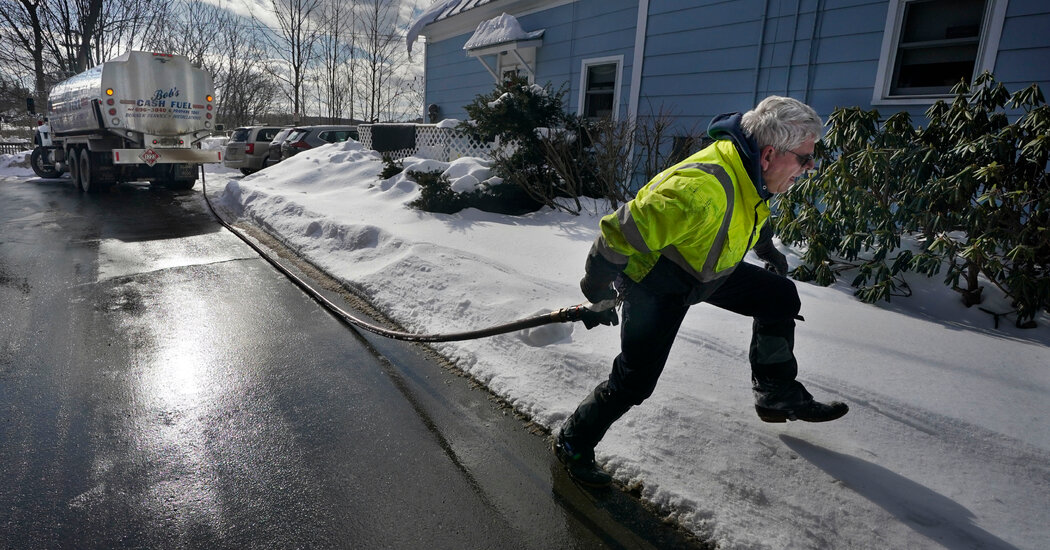The Trump administration has abruptly laid off the entire staff running a $4.1 billion program to help low-income households across the United States pay their heating and cooling bills.
The firings threaten to paralyze the Low Income Home Energy Assistance Program, which was created by Congress in 1981 and helps to offset high utility bills for roughly 6.2 million people from Maine to Texas during frigid winters and hot summers.
“They fired everybody, there’s nobody left to do anything,” said Mark Wolfe, executive director of the National Energy Assistance Directors Association, which works with states to secure funding from the program. “Either this was incredibly sloppy, or they intend to kill the program altogether.”
The layoffs were part of a broader purge on Monday of approximately 10,000 employees from the Department of Health and Human Services on Monday, as Health Secretary Robert F. Kennedy Jr. moved to drastically reorganize the agency. Roughly 25 employees had been overseeing the energy assistance program, which is also known as LIHEAP. All had been laid off, Mr. Wolfe said.
Congress had approved $4.1 billion for the program for fiscal year 2025, and about 90 percent of that money had already been sent to states in October to help households struggling with high heating costs. There is still about $378 million left to assist with summer cooling as households crank up their air-conditioners. Heat waves in the United States are growing more intense and lasting longer as a result of climate change.
Normally, the federal government sends the money to state agencies after allocating the funds using a complicated formula and performing various reviews and audits. Some states, like Maine, use the money to help low-income families to offset the cost of buying fuel oil to heat their homes in the winter. States also use the money to weatherize homes and provide emergency assistance to households at risk of being disconnected from their utility.
